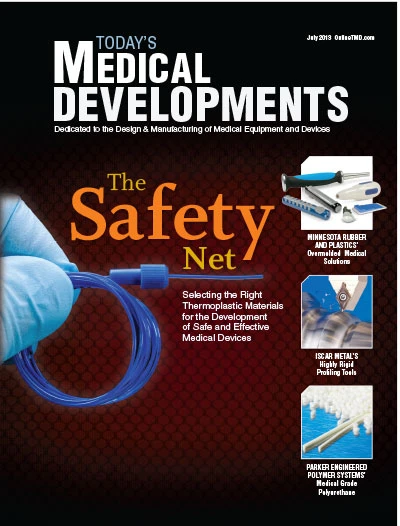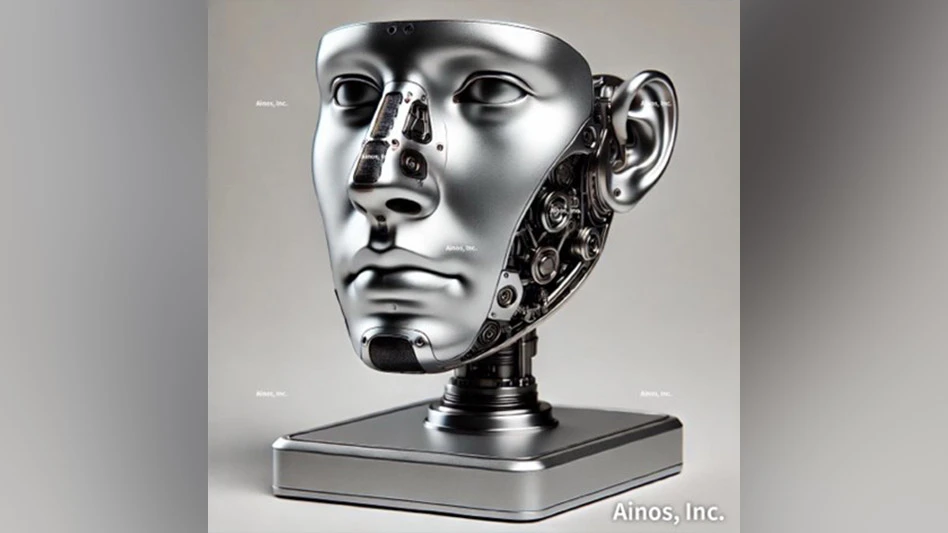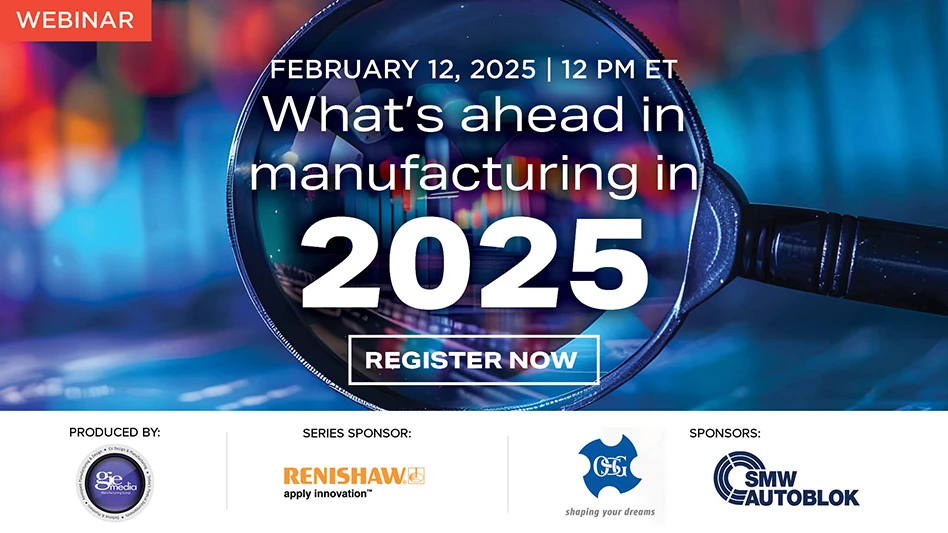 Mexico’s Plásticos y Materias Primas (PyMPSA) developed an epidural catheter using a custom RTP 2900 Series polyether-block-amide thermoplastic elastomer (PEBA) compound that is radiopaque, so it can be observed easily during X-ray imaging to ensure proper placement. |
According to the U.S. Food and Drug Administration (FDA), there were 49 Class I medical device recalls in 2012. The FDA defines a Class I recall as “a situation in which there is a reasonable probability that the use of or exposure to a violative product will cause serious adverse health consequences or death.” In addition, there were hundreds of Class II and Class III recalls in 2012.
While recalls are often necessary to protect patient safety, they can be extremely damaging to consumer confidence and a company’s brand. With this in mind, it is no surprise that a primary focus of the medical device industry is patient safety.
While the concept sounds simple enough, safety can mean many things for manufacturers when developing new medical devices. From the conceptual stages, it can mean specifying the right materials for the FDA-approval process. However, in order to enhance the overall safety of a finished medical device, it is important to look at product safety from several vantage points throughout the product’s lifecycle, including material specification, production, and performance. The ideal material supplier can collaborate with an OEM to provide design and engineering input, materials science expertise, attention to detail and formulation control that demonstrates a pattern of concern for safety.
Spec’ing Safety
In order to increase the overall safety of a medical device and mitigate risk of biologic test failure, manufacturers can begin by demonstrating a pattern of concern for safety from the design stage. This begins with specifying the right material, but how does one determine what is right for medical device applications? The FDA has established guidelines and standards for medical device materials to meet biocompatibility – the ability of a material to safely interact with the human body. This requirement is one of the most important aspects of medical device material specification. Respected industry standards, such as ISO 10993, have been established to help determine the safe interaction between materials used in advanced medical devices and the physiological system of a patient.
However, it is not enough to simply understand the need for biocompatible materials. Identifying the right high-performance compound to meet design and cost requirements is also crucial. The right materials supply partner understands this balance and can work directly with a manufacturer to establish and meet specific material needs. For example, if a medical device manufacturer needs a material compliant with regulatory and biologic testing requirements, a knowledgeable material supplier should have an extensive database of known biocompatible raw materials with which to work. The supplier can formulate custom compounds, using the select raw materials that can pass ISO prescribed biocompatibility-testing requirements – a must for medical devices.
 Using an RTP PermaStat 600 Series all-polymeric, permanently anti-static ABS compound, Philips Respironics, a leading provider of solutions for sleep and respiratory markets, developed its OptiChamber Advantage II VHC, for providing consistent and reliable drug delivery. |
While some medical device engineers might lack a plastics-specific background, this is not a detriment if they work with a knowledgeable thermoplastics supplier during the design stage. With a high level of materials science expertise, a strong supply partner can collaborate with a manufacturer to show that engineered thermoplastics can enhance medical device design while demonstrating a pattern of concern for safety and effectiveness. An integrated supplier with extensive materials science knowledge, as well as engineering and creative expertise, can help medical device manufacturers problem-solve with an understanding of how specific resins and additives work together within custom-engineered thermoplastics to enhance overall device design and performance.
Safety on the Line
Safety does not end with the specification of a biocompatible material. Formulation change control practices can help defend against unauthorized changes to medical device materials.
Based on price and availability, it is common practice for plastics compounders to use resin and pigment equivalents interchangeably. However, that is not always an option for the medical device industry. If medical device materials must pass a battery of biologic, drug interaction, and leachability testing, formulation control and change management are critical to preserving the integrity of a finished medical device or component. A reliable supply partner has quality system procedures in place to protect compound formulations against raw material changes or substitutions unless authorized. This often includes a change management protocol, which provides an additional layer of protection to help safeguard formulations and provide total consistency.
Effective in the Field
The performance of a finished medical device is vital to patient safety. To enhance this, compounds used to develop medical devices can be formulated with additives to achieve specific performance properties to ensure the functional and commercial success of the device. Examples within the healthcare industry can include colored, conductive, and wear-resistant compounds.
Color-Coded for the ER
Color can play an important role in medical device safety. Color-coded medical devices can indicate size, type, and function for quick identification during surgical and emergency procedures. Emergency and operating room nurses report that color-coding allows them to locate the right devices quickly, reducing the risk of human error.
 RTP has developed standard line of UniColor universal masterbatch and precolored resin products, that meet ISO 10993-1 tests for biocompatibility, for use in medical devices, medical packaging, pharmaceutical applications, and disposable medical products. |
However, it is essential for manufacturers to know that not all colorants are equal. In an effort to reduce potential safety risks, the FDA and other regulatory bodies throughout the world have begun to look more closely at colorants recently, specifically at the biologic testing performed on pigments used in medical device materials. Manufacturers must understand the biologic testing requirements of a medical device in order to choose the right colorant. An experienced color compounder with medical device market and biologic testing expertise can utilize pre-tested ISO 10993 resin and pigment options to ensure the finished product can meet all the biological testing requirements.
Standing Up to Sterilization
Used to eliminate infection-causing microbials from the surface of medical devices and instruments, modern sterilization techniques are extremely effective methods for increasing patient safety, but they can have a detrimental effect on some polymers. Many medical devices must be able to withstand harsh environments associated with various sterilization techniques, such as steam autoclave, ethylene oxide (EtO), hospital chemical cleansers, and gamma radiation.
Typically reaching temperatures up to 134°C, autoclave sterilization can result in polymer melting, warping, and deformation. Adequate temperature resistance, through the right compound formulation, is necessary to increase the durability of polymers exposed to a steam autoclave. Resin systems such as polyphenylsulfone (PPSU), polysulfone (PSU), and polyetheretherketone (PEEK) can accept these high temperatures readily without damage. To further fortify these compounds, additives or reinforcements, such as glass fibers (both chopped and long fibers) and carbon fibers, can be added.
 Leica Microsystems, a leading global producer of microscopic imaging systems, used an RTP precolored and UV stabilized PermaStat 2500 Series permanently anti-static PC/ABS alloy compound for its microscope housings, protecting sensitive electronic components and reducing dust accumulation. |
Low-temperature sterilization methods such as ethylene oxide (EtO) and gamma radiation are becoming the preferred method to sterilize polymeric medical devices in high volume – specifically, pre-packaged disposables. However, repeated exposure to EtO or gamma radiation can result in gradual degradation to a polymer, including cross-linking and chain scission. The right biopolymer must be formulated with the right stabilization package to ensure the integrity of finished medical devices continually exposed to EtO or gamma radiation sterilization.
Controlling Static
When delivered through dry powder inhalers (DPI) or pressurized metered dose inhalers (pMDI), the flow of powdered or aerosol drugs over traditional plastic surfaces can generate high levels of static electricity that can cause the drug particles to adhere to the device’s drug flow paths. This can result in the patient receiving an inaccurate dosage of the drug. Anti-static compound formulations can reduce these effects, preventing the drugs from obstructing the drug flow path and ensuring the delivery of a proper dose. A supplier with a complete portfolio of solutions can provide innovative anti-static compounds that can greatly increase the effectiveness of these drug delivery devices.
Keeping Moving Parts Lubricated
Prolonged contact motion can have a detrimental effect on medical devices, decreasing their ability for safe use. Materials for components, such as valves or gaskets, formulated with a biocompatible internal lubricant can reduce friction rates, vibration, and noise. Internal lubricants also can eliminate the need for a topically-applied external oil-based lubricant. A competent materials supplier knows that compounds formulated with internal lubricants extend the useful life of medical devices and reduce the amount of timely and costly maintenance to keep them running safely.
Eliminate Suspect Chemicals
Finally, while the right materials and additive can make all the difference when it comes to performance and safety, it is equally important for medical device manufacturers to ensure that components do not contain various materials of concern, such as Bisphenol A (BPA), phthalate plasticizers, or disease containing animal by-products. Working closely with a reputable and knowledgeable supplier can increase formulation control, making certain that the right things are going into a medical device while the wrong things are kept out.
Product recalls, while often necessary to protect the general public, are extremely damaging to a medical device manufacturer’s brand and reputation. In order to increase the overall performance of a medical device, it is vital to demonstrate a pattern of concern for safety from the earliest design stages, during the production process, and throughout the lifecycle of a finished product. This can be accomplished by working with a material supplier that is experienced in developing compounds for medical devices.
RTP Co.
Winona, Minn.
www.rtpcompany.com

Explore the July 2013 Issue
Check out more from this issue and find your next story to read.
Latest from Today's Medical Developments
- German robotics and automation in a downturn
- Blueshift’s AeroZero
- November USMTO grow from October
- Platinum Tooling’s custom and special tooling
- Top 5 global robotics trends 2025
- Accumold’s micro molding innovations
- Methods Machine Tools, Multiaxis, announce AI solution investment
- MGS to showcase global expansion and healthcare CDMO expertise





